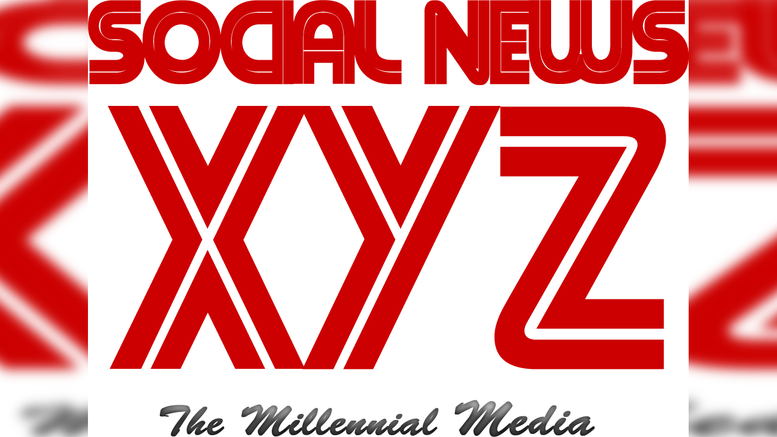By Venkatachari Jagannathan
Chennai, June 19 (IANS) The proposed merger of Max Life Insurance/Max Financial Services with HDFC Standard Life Insurance may pave the way for more such deals in the future due to the current business model of Indian life insurers, say senior industry officials.
They also said over the next couple of months, officials of Max group and HDFC Standard Life will be having tough negotiations over aspects like valuation of liabilities, embedded value -- the present value of future profits from their existing policies, enterprise value and other aspects and the foreign and domestic shareholders of the two insurers have to be satisfied.
Explaining the proposed deal to the media on Thursday, Analjit Singh, founder of the Max Group, said: "First Max Life Insurance will merge with Max Financial Services -- a listed entity. Then Max Financial Services will be merged with HDFC Standard Life."
The emerging entity will become a listed company.
"It seems the two companies have followed the principle 'united we stand, divided we fall'. As a combined entity, the two hopes have a better valuation than as individual companies," V. Manickam, Life Insurance Council Secretary, told IANS.
"The announcement by HDFC Standard Life and Max Life came as a pleasant surprise. Normally a strong company will acquire a smaller one whereas here two big players are coming together," Ashvin Parekh, Managing Partner at Ashvin Parekh Advisory Services, told IANS, adding the two are an apt fit for each other and the merger would succeed if the integration challenges are properly managed.
Earlier this month, Housing Development Finance Corporation Ltd (HDFC) had announced that its general insurance company HDFC ERGO General Insurance's board had approved the acquisition of L&T General Insurance Company for Rs. 551 crore.
According to Parekh, the market condition is apt for consolidation not only for life insurers but also for non-life insurers.
"More mergers and acquisitions are to be expected. For more than 10 years companies individually have not been able to gain significant market share. The private companies are not able to shake the strong position of (government-owned) Life Insurance Corporation of India (LIC)," Manickam said.
"There may be more reverse mergers happening in the sector so that life insurers are quickly listed," Manickam added.
Around 10 private life insurers are making profits but not on a consistent basis, an industry official said.
"The regulatory changes between 2008 and now have forced the merger and more such mergers may happen. Either one has to build scale or be a niche player with a targeted segment like the Shriram Life. The times are difficult for middle-level players," Rajesh Dalmia, Partner, Ernst & Young, told IANS.
"The business model of Indian insurance industry could be termed as a 'bankruptcy model' - expense overshooting the income which in turn needs regular capital infusion," said a senior official of a private life insurer who did wish to be identified.
Experienced industry officials have been telling IANS that life insurance is a business of distribution and those who master than at lower cost would succeed.
"There is a big mismatch between the acquisition costs and the margins. The cost of distribution is very high to reach a policy to a customer. While bank-promoted life insurers are reaping the benefits of wide distribution network, it is those who do not have bancassurance partners or those non-bank promoted life insurers but having bancassurance partners are suffering from high distribution costs," an industry expert told IANS.
Non-bank promoted life insurers have to shell out huge sign-up bonus to a bank to act as their corporate agent which even over a long period does not work out economical, note officials.
"Private life insurers depending on individual agents for business are suffering from low productivity and higher fixed costs. The more the variable costs the better for the company but it is not so in the Indian life insurance space," an industry official said.
Earlier insurers were enjoying handsome surrender profits-amounts forfeited by insurers when a policyholder surrenders his policy but now with changed regulations, the surrender profits have largely vanished whereas the policy persistency ratio has come down, officials complained.
For life insurers to make profit continued renewal of policies by policyholders is a must as the cost of acquisition is mostly met upfront.
Meanwhile, speaking about the challenges for Max Life and HDFC Standard Life in consummating their merger agreement, officials said the first step is to arrive at their valuation -- liabilities and enterprise of both insurers -- and the swap ratio.
Foreign shareholders -- Sumitomo Mitsui, Japan in Max Life and Standard Life, Britain in HDFC Standard Life -- and others in both companies have to be satisfied with the valuations.
While no major regulatory hitch is expected to complete the deal, the real challenge will be post-merger.
Policies issued by Max Life will be taken over by the merged entity. On the other hand, the Max Life's products will not go to the merged entity automatically. The merged company has to refile the products for the insurance regulator's approval.
=The challenge for merged entity is to retain the talent in Max Life that is managing the agency force as well as individual agents, said officials.
Asked about the impact of the merger on the policyholders and employees of both companies, HDFC chairman Deepak Parekh said those issues would be looked into latter.
(Venkatachari Jagannathan can be contacted at v.jagannathan@ians.in)

